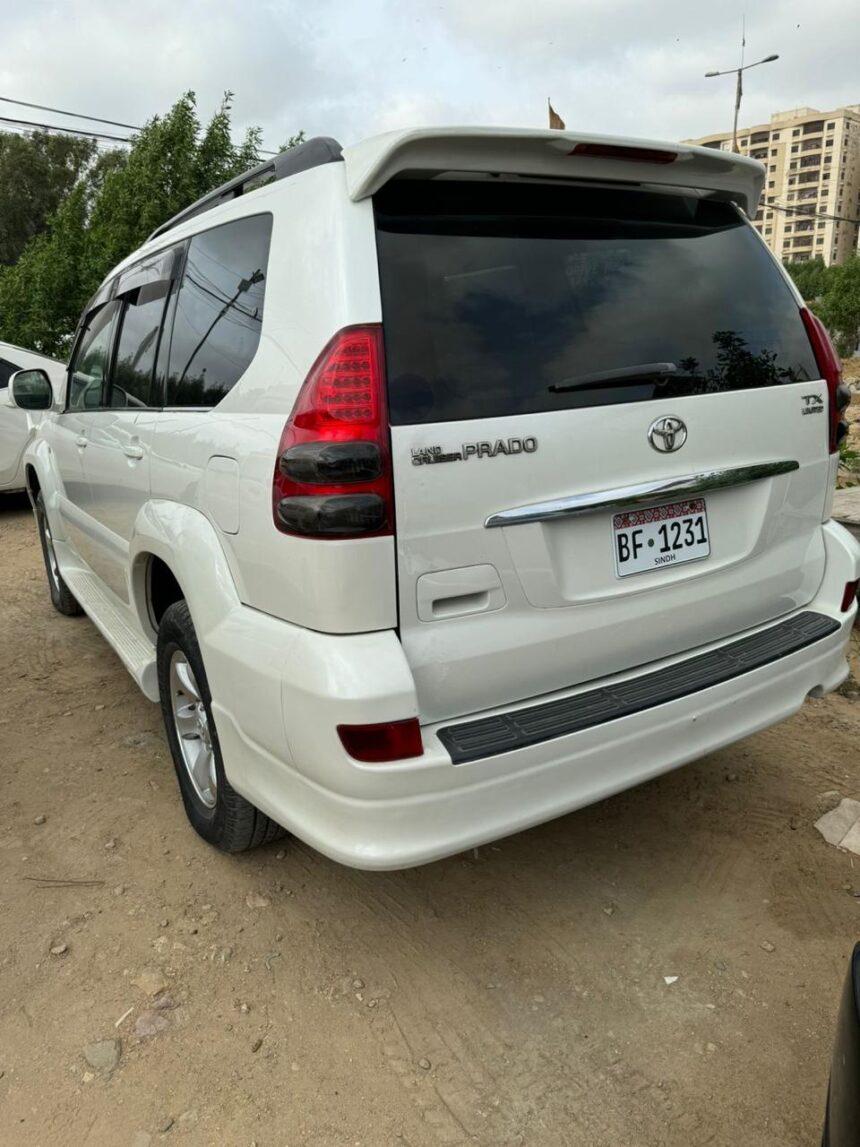The automotive market in Pakistan has been significantly impacted by rising inflation, making it increasingly difficult for consumers to purchase new vehicles. Several key factors have converged to create a challenging landscape for both buyers and manufacturers. In this blog, we will explore how inflation is affecting new car prices in Pakistan, the reasons behind the surges, and what consumers can expect in the near future.
The Economic Backdrop
Inflation in Pakistan has been steadily increasing, with food prices, fuel costs, and the depreciation of the Pakistani Rupee contributing to an overall rise in living expenses. The automotive sector, like many others, has not been immune to these economic shifts. The costs of raw materials, transportation, and production have all escalated, forcing car manufacturers to adjust their pricing strategies accordingly.
Factors Driving the Increase in Car Prices
- Rising Costs of Raw Materials
The production of cars relies heavily on imported components, especially steel, aluminum, and electronics. With global supply chains still recovering from the pandemic and geopolitical tensions affecting the prices of these materials, manufacturers are incurring higher costs. This results in a direct impact on the final price of vehicles, as these expenses are passed on to the consumer. - Depreciation of the Pakistani Rupee
The devaluation of the Pakistani Rupee against major currencies like the US Dollar has been one of the primary reasons for the rise in car prices. Since most car manufacturers rely on imported parts, the weakening currency has increased the cost of these imports, making new vehicles more expensive. The dollar fluctuation has directly hit consumers, making car ownership less affordable. - Fuel Price Volatility
Fuel prices have seen considerable hikes due to inflation and international market instability. This not only affects the daily operation of vehicles but also increases the transportation costs involved in delivering cars to showrooms. Manufacturers are often compelled to factor these additional logistics expenses into the vehicle price. - Higher Interest Rates and Financing Costs
With inflation, central banks raise interest rates to control the money supply, making car financing more expensive. For many buyers in Pakistan, car loans are essential to purchasing a new vehicle. However, the increase in interest rates has made financing more costly, discouraging potential buyers from making new car purchases. - Increased Taxes and Duties
In a bid to manage the national deficit and generate revenue, the Pakistani government has imposed additional taxes and duties on imported cars and auto parts. The increase in duties on Completely Built Units (CBUs) and auto parts has further inflated the price of cars, particularly those in the luxury segment.
The Impact on Consumers
For the average Pakistani consumer, these price hikes have placed new cars out of reach. Middle-income families who once considered purchasing entry-level or mid-range vehicles are now reconsidering their options. Many are turning to used cars or opting for cheaper alternatives like motorcycles, which are more fuel-efficient and affordable in the current economic climate.
The rising costs have also slowed down the automotive market in Pakistan. Car sales have seen a significant dip as potential buyers hold off on purchases, waiting for prices to stabilize. This has led to a ripple effect on related industries such as auto financing, insurance, and parts suppliers, all of which are seeing decreased activity.
How Manufacturers Are Responding
In response to inflation, several car manufacturers in Pakistan are adjusting their pricing strategies. Some are reducing production volumes to manage costs, while others are introducing smaller, more fuel-efficient models that appeal to budget-conscious buyers. Discounts and promotions have become more common as car companies attempt to attract customers amid the price surges.
However, even with these measures, the price of new cars remains significantly higher than it was just a few years ago. Industry experts predict that without stabilization in the economy, car prices may continue to climb in the near future.
Future Outlook
While inflation is expected to remain a challenge in the coming months, potential solutions such as stabilizing the currency, reducing import taxes, and encouraging local production of auto parts may provide some relief. The shift towards electric vehicles (EVs) could also offer an alternative, as they reduce reliance on fuel and imported components. However, the adoption of EVs will require significant infrastructure development and policy support.
Conclusion
The impact of inflation on new car prices in Pakistan is undeniable. From rising raw material costs to the depreciation of the Rupee, multiple factors are converging to drive up prices, making new cars less affordable for the average Pakistani. As inflation persists, it is crucial for consumers to stay informed, consider alternative options, and budget carefully when making decisions about car purchases. In the long term, a focus on local manufacturing and electric vehicles could offer some respite, but for now, the car market in Pakistan remains in flux.


